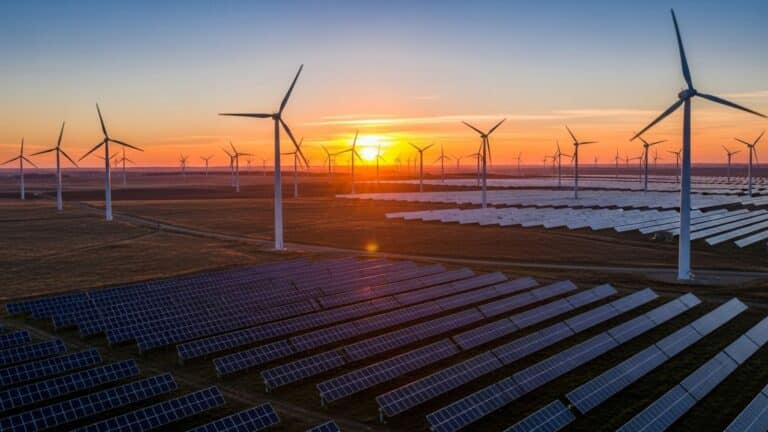Trump’s Russia Sanctions Are Really Putting the Hurt On
He was late to the show, but he brought a big stick.
Current Access Level “I” – ID Only: CUID holders, alumni, and approved guests only
Reports by Peter Marsters, John Larsen, Ben King + 2 more • December 16, 2021
This report represents the research and views of the author. It does not necessarily represent the views of the Center on Global Energy Policy. The piece may be subject to further revision. Contributions to SIPA for the benefit of CGEP are general use gifts, which gives the Center discretion in how it allocates these funds. More information is available at Our Partners. Rare cases of sponsored projects are clearly indicated. For a full list of financial supporters of the Center on Global Energy Policy at Columbia University SIPA, please visit our website at Our Partners. See below a list of members that are currently in CGEP’s Visionary Annual Circle.
(This list is updated periodically)
Air Products
Anonymous
Jay Bernstein
Breakthrough Energy LLC
Children’s Investment Fund Foundation (CIFF)
As the United States commits to accelerating decarbonization as part of global efforts to combat climate change, the policies it enacts will govern its chances of success. These international ambitions are balanced against domestic realities: the effect of net-zero greenhouse gas strategies on households and the broader economy. Comparing different policy options against one another in terms of specific outcomes, such as emissions abatement and financial impact on consumers, is a useful exercise for policy makers. Because US congressional proposals have focused on two potential policy routes—an economy-wide price on carbon dioxide and other greenhouse gas emissions, and a sector-by-sector approach that starts with a clean electricity standard—this report models outcomes for these scenarios.
A carbon tax and clean electricity standard (CES) are similar policies in some ways. Both have the potential to drive large emissions reductions from the US power sector and beyond. If the CES is designed to be technology-neutral with tradable credits for clean electricity generation, both policies would operate as market-based mechanisms to encourage such generation. They also differ in significant ways, and this report, part of the Carbon Tax Research Initiative at Columbia University’s Center on Global Energy Policy, uses energy system modeling to zero in on those differences to enable policy makers to better understand the advantages and drawbacks of each policy tool.
A variety of constructions even within a single tool—particularly a CES—can be employed. What type of generation is eligible for credit in a CES and how much credit each resource receives, for example, are in part products of political and policy trade-offs. For comparison purposes with an economy-wide carbon tax, this report primarily focuses on a single crediting approach that most closely resembles the incentives new and existing electric power generators could receive under a carbon tax (and is similar to the CES included in the Clean Energy Innovation and Deployment Act of 2020). And for CES comparison purposes, the authors construct a carbon tax pathway that closely approximates the annual and cumulative electric power CO2 emissions of the CES.
Given the equal emissions-reduction ambitions of the two policies modeled in this report, the greatest trade-offs come down to price increases and revenues. The carbon tax raises consumers’ electricity price more than the CES does, but also raises significant revenues that could be used, among other purposes, to offset increases in consumers’ energy-related bills. Other findings from the report include the following:
The fashion industry sits at the intersection of climate, energy, and consumption, facing growing pressure to cut emissions, transition to clean energy, and build circular systems across global supply chains.

Carbon credits are emerging as a key tool for companies to meet a number of objectives, including emission-reduction targets, compliance obligations, investor expectations, and disclosure requirements.

The Trump administration is increasingly using equity investments as a tool of industrial policy to support domestic critical minerals supply chains.

Full report
Reports by Peter Marsters, John Larsen, Ben King + 2 more • December 16, 2021